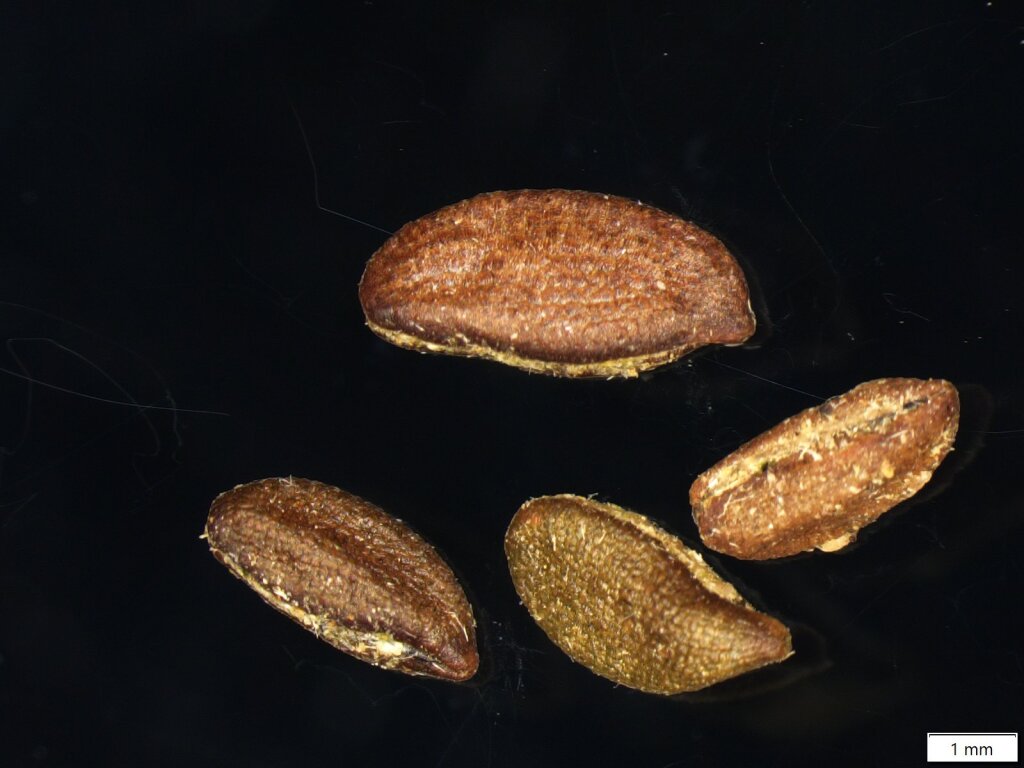Zygophyllaceae
Shrubs, subshrubs or herbs, annual or perennial, mostly xerophytes or halophytes. Leaves opposite, alternate or clustered, simple, bifid, multifid or pinnate, rarely ternate, usually fleshy; stipules usually present. Inflorescences terminal cymes or flowers solitary in leaf axils. Flowers regular, usually bisexual; sepals 4 or 5, imbricate, rarely valvate, often persistent; petals 3–5, imbricate or contorted, rarely valvate; stamens usually 2 or 3 times as many as petals, filaments often with membranous basal appendages, anthers 2-celled, dorsifixed or basifixed, dehiscence latrorse; disc usually present; ovary superior, 3–5(rarely 10–12)-celled, often longitudinally angled or winged, ovules 1–many per cell, axile, pendulous, style simple, stigma capitate or lobed. Fruit a loculicidal and/or septicidal capsule, indehiscent nut, schizocarp (splitting into mericarps) or rarely a drupe, often winged, ridged or with thorns; seeds with or without endosperm.
About 22 genera with c. 200 species, chiefly in tropical and subtropical regions, 5 genera in Australia.
Jeanes, J.A. (1999). Zygophyllaceae. In: Walsh, N.G.; Entwisle, T.J., Flora of Victoria Vol. 4, Cornaceae to Asteraceae, pp. 198–207. Inkata Press, Melbourne.
 Spinning
Spinning

